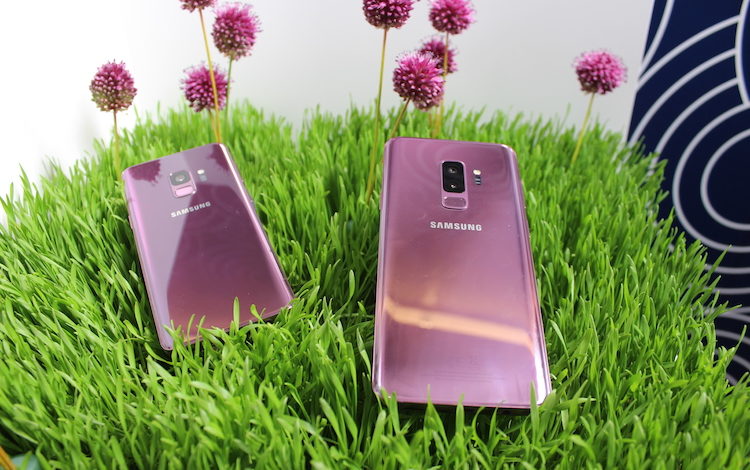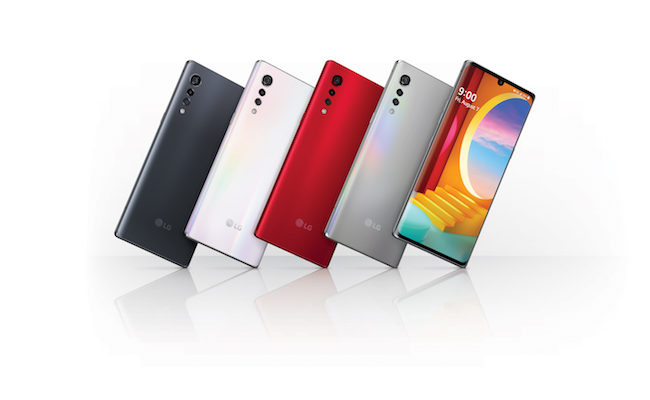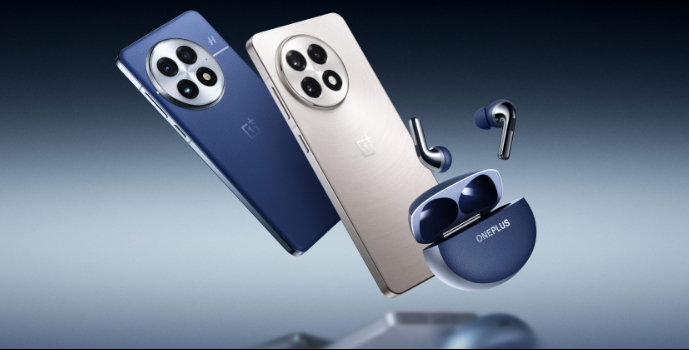With several rivals bringing their best to massive launch season in October 2018, Samsung may be on the hook to really show out when its next flagship releases in a few months. The Galaxy Note 9 released in September, ahead of “techtober” and has seemingly got lost in the shuffle consecutive launches. However, a number of leaks and rumors about the upcoming Galaxy S10 is keeping the smartphone giant well in the mix.
Samsung’s next flagship is far from confirmed at this point, but if rumors are to be believed, the device may have updated biometrics, faster speeds, and several color options, among other new and improved features. Let’s take a look at the most recent prospective details about the Galaxy S10.
No headphone jack and five cameras?
So far, Samsung has held out on removing the headphone jack from its devices, while most other manufacturers have stripped their devices of the tried and true audio feature. A report from Bloomberg suggests that Samsung is ready to join the latest mobile trend and is currently testing Galaxy S10 prototypes without a headphone jack. This doesn’t guarantee the device will release without a headphone jack, but that Samsung is considering the option.
Though the manufacturer has strived to be first in a number of features, such as memory and display upgrades, it does have the tendency to fall back and see how the market responds to other features. Samsung hesitated with introducing dual-lens cameras to its flagships, with even Apple jumping ahead of its Korean rival on that feature in 2016 with the iPhone 7. The 2018 Galaxy S9+ was Samsung’s first flagship to feature a dual-camera.
Bloomberg also suggests the Galaxy S10 could have five cameras, including a triple lens set up for its main back camera, and a dual-lens set up for its front-facing camera. Several manufacturers have already rushed to get devices with triple-lens and quad-lens setups on the market. The cameras on these devices include standard, wide angle, super wide angle, and telephoto lenses to give users the feel of being a professional photographer, who can switch out lenses on a camera base to capture an ideal shot.
If rumors are accurate, the Galaxy S10 camera setup would be similar to the LG V40 setup, with triple-lenses on the back and dual self-lenses in the front. Samsung has already released triple and quad-lens cameras on its latest Galaxy A9 and Galaxy A7 mid-range models, as potential test beds for future devices. Samsung’s camera configuration already different than others, with its lenses lined up vertically on the side of the devices, while many rivals have opted for a horizontal set up on their smartphones.
New display features?
In-display fingerprint sensors are one of the newest smartphone trends and have so far been seen primarily in select Asian markets. However, the Galaxy S10 could be one the first major manufacturers to bring the feature to U.S. marketed device.
While the OnePlus 6T will soon be available in the U.S. with an in-display fingerprint sensor, the Chinese startup doesn’t have Samsung’s reach. However, the OnePlus 6T could be a formidable competitor price wise and the device will be available to consumers several months before the Galaxy S10.
Samsung is expected to use Qualcomm’s in-display fingerprint scanner technology for the Galaxy S10. The manufacturer may also be planning to design the Galaxy S10 so that all of its front-facing features are embedded under its display. In addition to the fingerprint scanner, its front camera and sensors may also be under the display. This would negate the need for a top-notch, a feature Samsung has tirelessly worked to avoid.
Recent reports suggest in addition to releasing Galaxy S10 models with its staple curved display, Samsung may introduce a price-conscious model of the device with a flat-display. Consumers haven’t seen a flat-display flagship tier device from Samsung since the 2016 Galaxy S7. Samsung’s pricey to produce curved displays is one of the main reasons smartphone prices began to increase around this time. While unconfirmed, a flat-display Galaxy S10 could potentially sell in the $500 to $600 range, while super-premium curved supply models are likely to start in the $700 range. The cheapest Galaxy S9 models sold for about $720 at launch.
5G?
Several Android manufacturers have jumped on the 5G bandwagon, partnering with mobile carriers and chip makers to help introduce the new network standard in 2019. The Galaxy S10 may be among those devices helping to make 5G a reality in the coming year. There are murmurs that Samsung may partner with Verizon to bring a 5G version of the Galaxy S10 to the market. Currently, there are few details about this prospect. Pundits suggest such a model could be a special edition of the Galaxy S10, exclusive to Verizon, while other models of the device may release without 5G compatibility. Qualcomm has partnered with a number of Android manufacturers for the 5G push, but so far, Samsung is not among those on the hardware side. Samsung is in the mix, assisting Qualcomm with its 5G enterprise push, so it could be just a matter of time before the companies collaborate on the consumer side.
Nine color options?
Samsung is well known for introducing some interesting color options for its devices. So much so that the entire industry has followed suit. The iPhone XR comes in six color options and Huawei has taken color schemes up a notch by introducing gradient color designs to its devices.
Rumors suggest the Galaxy S10 could be available in up to nine color options. While unconfirmed, industry insider, Onleaks suggests that Gray, Black, Blue, Red, Green, and Yellow may be the main Galaxy S10 color options. Some other guesses throw out include Pink, Lilac, White and Silver, all of which have been Samsung color options in the past.
Knowing Samsung, many of these options, if accurate may not be available in the U.S. Some options may be available as limited edition models that release overseas after the initial market launch.
The Galaxy S9 originally released in Midnight Black, Titanium Gray, Coral Blue, and Lilac Purple options, but Samsung later introduced Burgundy Red and Sunrise Gold in a number of international markets.




